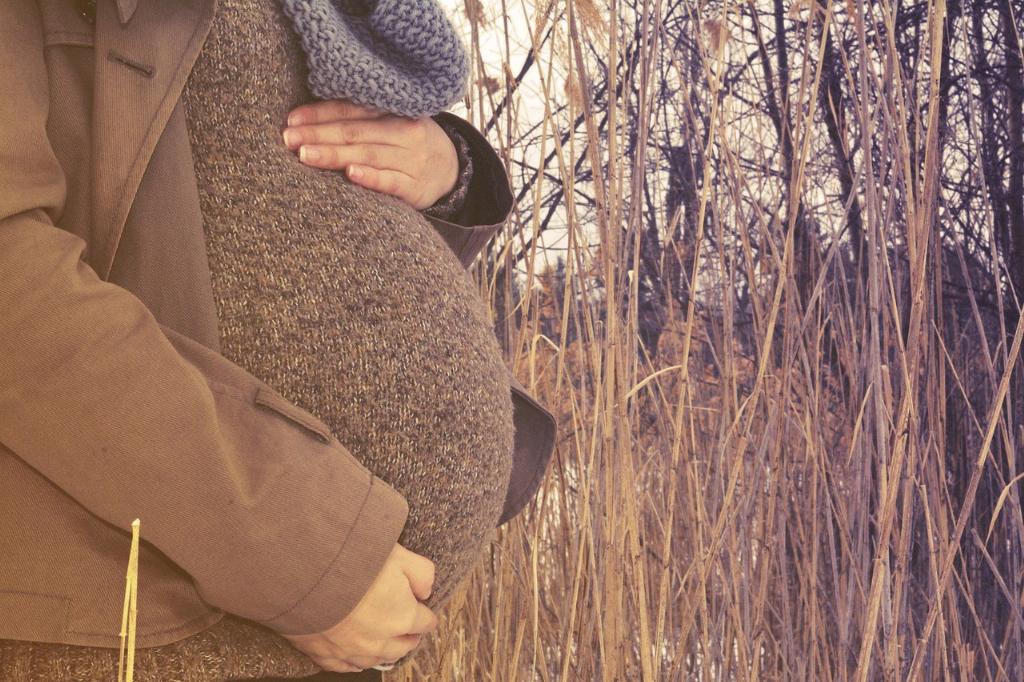During pregnancy, a common phenomenon that many women experience is the transformation of their innie belly button into an outie. This change can spark curiosity and concern, leading to questions about why it happens and whether it’s normal. In this article, we delve into the reasons behind this fascinating transformation and provide insights into the science behind it.
The Anatomy of the Belly Button
Before we explore why your belly button undergoes a noticeable change during pregnancy, it’s essential to understand the anatomy of this unique feature. The belly button, also known as the umbilicus, is a scar from the umbilical cord that connected you to your mother in the womb. It is essentially a remnant of your time as a fetus.
Uterine Pressure and Belly Button Transformation
As your pregnancy progresses, your growing uterus exerts pressure on various organs and structures within your abdominal cavity. The area around your belly button, which lacks significant muscle support, is particularly susceptible to this pressure. As your uterus expands to accommodate your growing baby, it pushes against the abdominal wall, causing the belly button to protrude outward.
Impact of Hormonal Changes
In addition to uterine pressure, hormonal changes that occur during pregnancy can also contribute to the transformation of your belly button. Hormones like relaxin, which relax the ligaments in the pelvic area to facilitate childbirth, can affect the tone and structure of the abdominal muscles, potentially leading to the protrusion of the belly button.
Increased Blood Flow and Swelling
Another factor that may play a role in the outie belly button phenomenon is the increased blood flow to the abdominal area during pregnancy. This enhanced blood circulation can cause slight swelling and engorgement of the tissues around the belly button, further accentuating the outward protrusion.
Individual Variations in Belly Button Shape
It’s important to note that the transformation of the belly button from an innie to an outie during pregnancy is a natural and common occurrence, but the extent of the change can vary among individuals. Some women may experience a subtle outward protrusion, while others may notice a more pronounced transformation.
Genetic and Structural Influences
Genetics and the structural characteristics of your abdominal wall can also influence how your belly button changes during pregnancy. Factors such as the depth of your belly button and the elasticity of your skin can determine the extent to which it protrudes in response to uterine pressure.
Timing of Belly Button Transformation
The timing of when your belly button starts to protrude during pregnancy can vary. Some women may notice this change early on, especially in the second trimester when the uterus rises above the pelvic bone. For others, the transformation may occur later in the third trimester as the uterus expands further.
Postpartum Reversal
After giving birth, many women find that their belly buttons gradually return to their pre-pregnancy state. As the uterus shrinks back to its normal size and the hormonal influences diminish, the protrusion of the belly button typically resolves, and it reverts to its innie form.
Monitoring Changes and Seeking Guidance
While the transformation of your belly button into an outie during pregnancy is usually a benign and temporary change, it’s essential to monitor any significant or concerning developments. If you experience pain, redness, or unusual swelling around your belly button, it’s advisable to consult your healthcare provider for a thorough evaluation.
Celebrating Your Body’s Adaptations
Embracing the changes that occur in your body during pregnancy, including the transformation of your belly button, can be a meaningful part of the journey to motherhood. Your body’s ability to accommodate and nurture a growing life is a testament to its remarkable resilience and adaptability.
Conclusion
In conclusion, the turning of your belly button into an outie during pregnancy is a fascinating phenomenon driven by a combination of uterine pressure, hormonal changes, increased blood flow, and individual anatomical factors. While the sight of an outie belly button may be surprising, rest assured that it is a normal and temporary adaptation that reflects the incredible process of pregnancy and childbirth.

